Live on the homepage now!
Reader Supported News
Russian attacks have terrorized the civilian population in the Ukrainian city.
Some cities are charming, some are precious, some are majestic. Kharkiv was eclectic and sure of itself in the way that only a large cosmopolitan city can be. It had old blocks with crooked streets and mazes of courtyards and it had broad, straight avenues that seemed to stretch forever. It had buildings that spanned several city blocks. It had the largest square in Ukraine, called Freedom Square, and laid claim to having the biggest market in Eastern Europe, Barabashovo, where people from all over Ukraine came to buy household goods, clothes, and more. Its opera theatre, home to the oldest permanent opera company in Ukraine, was a radical giant slab of a building, constructed in the nineteen-twenties. Its recently reconstructed zoo attracted weekend crowds from many miles away.
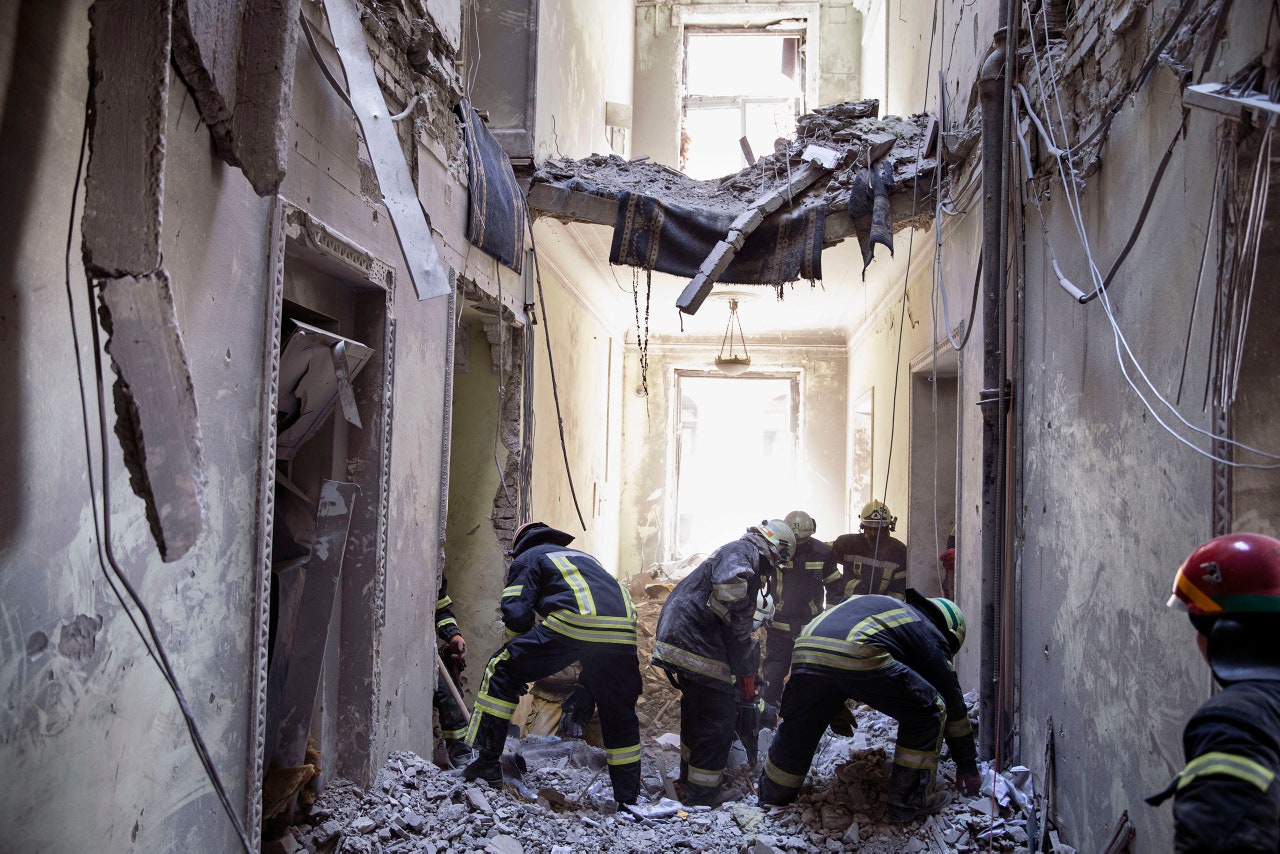
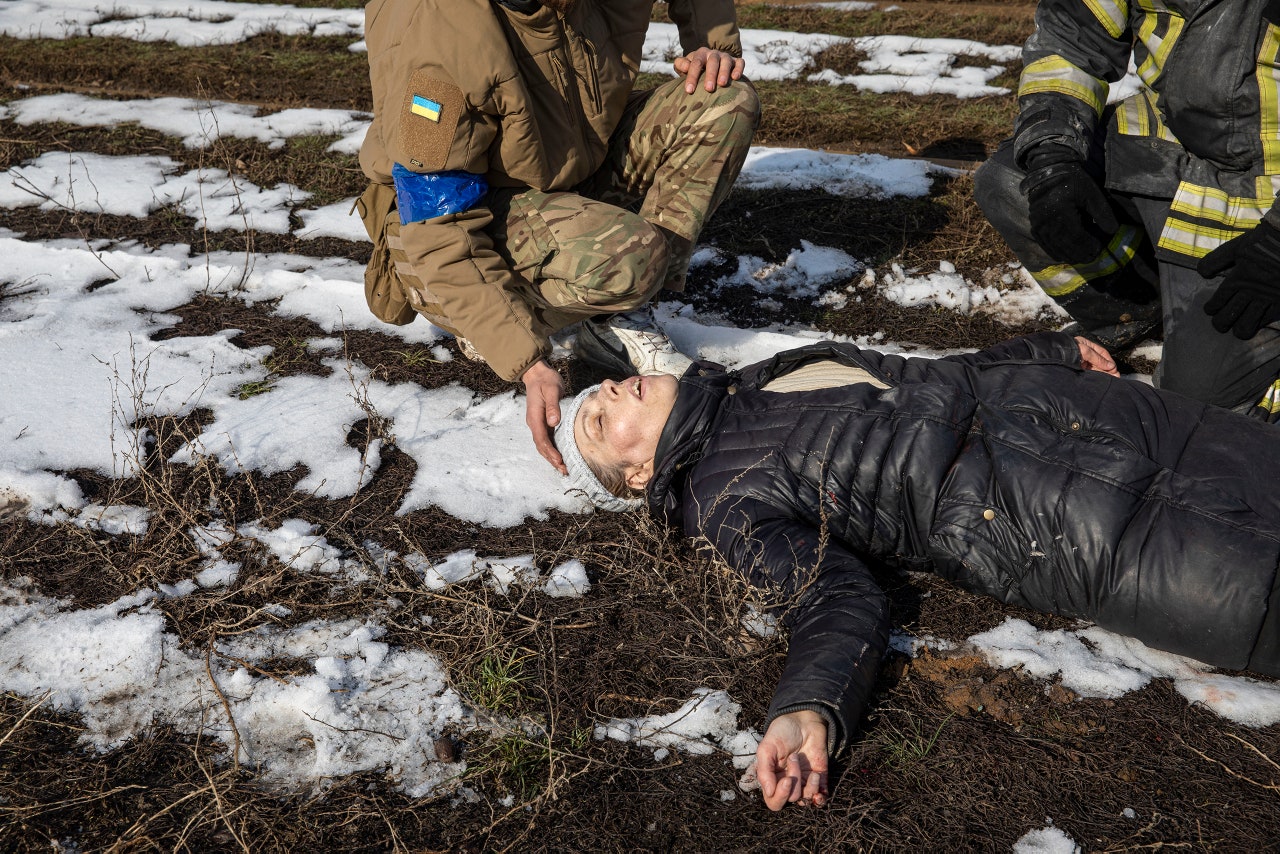
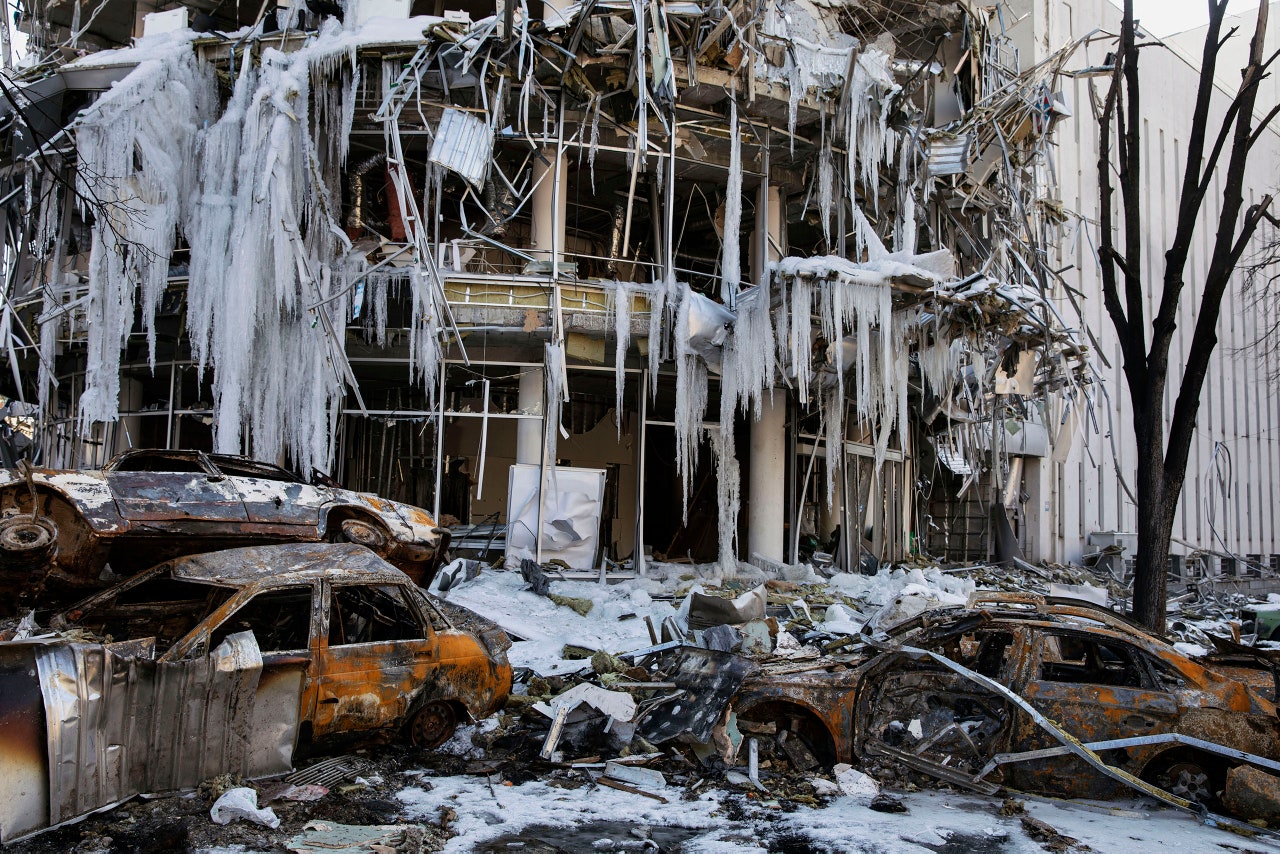
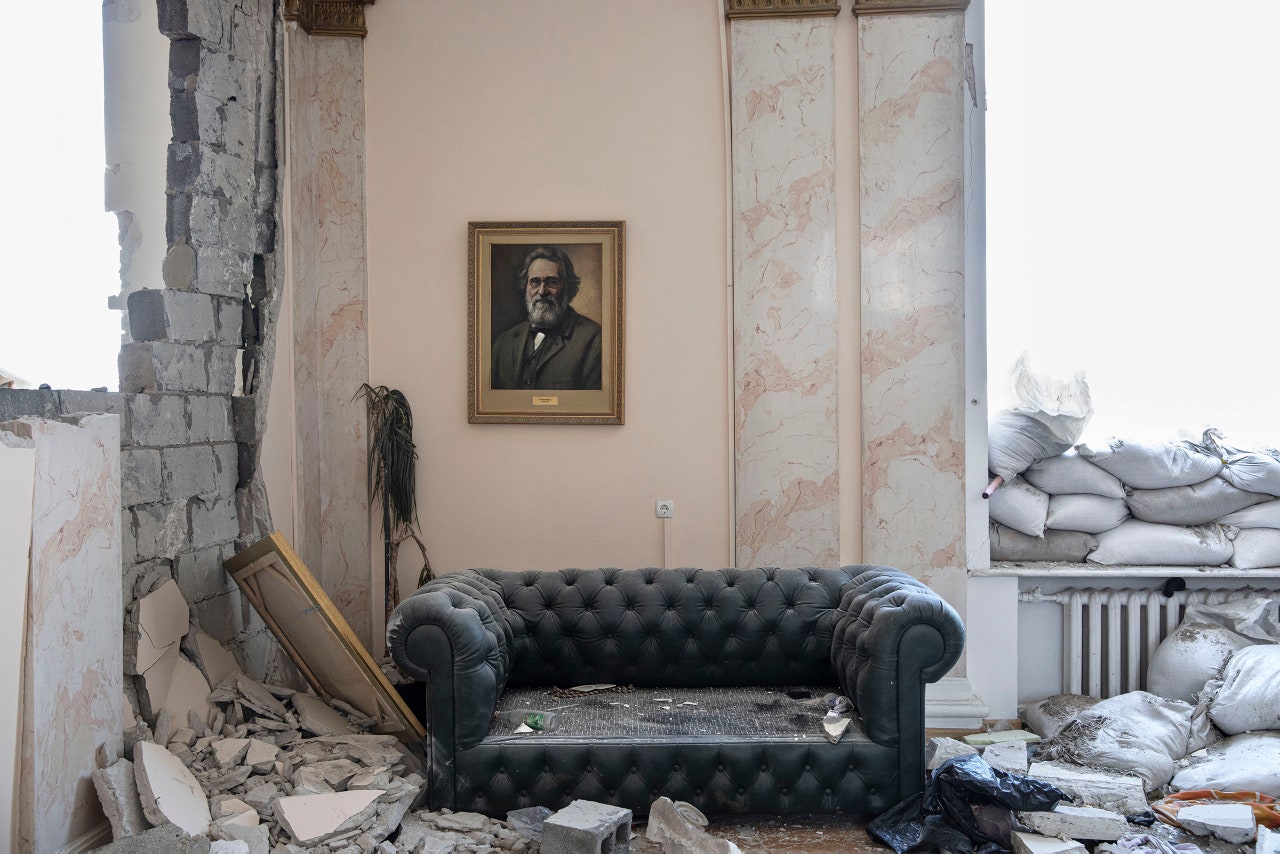
I visited Kharkiv less than a month before Russian missiles started striking it. Most of the people I met there—and all of the men whom I met there—told me that they, and the city, were ready for war. They thought they knew what war was. A Russian-orchestrated attempt to take over the city had failed in 2014, but, just to the east of Kharkiv, an occupation regime was established, and a shooting war went on for eight years. A giant blue-and-yellow tent in Freedom Square, with a banner that said “Everything for victory,” stood as a stubborn reminder that the war wasn’t over. Then Russia’s full-scale invasion of Ukraine began. Within a few weeks, Kharkiv was unrecognizable.
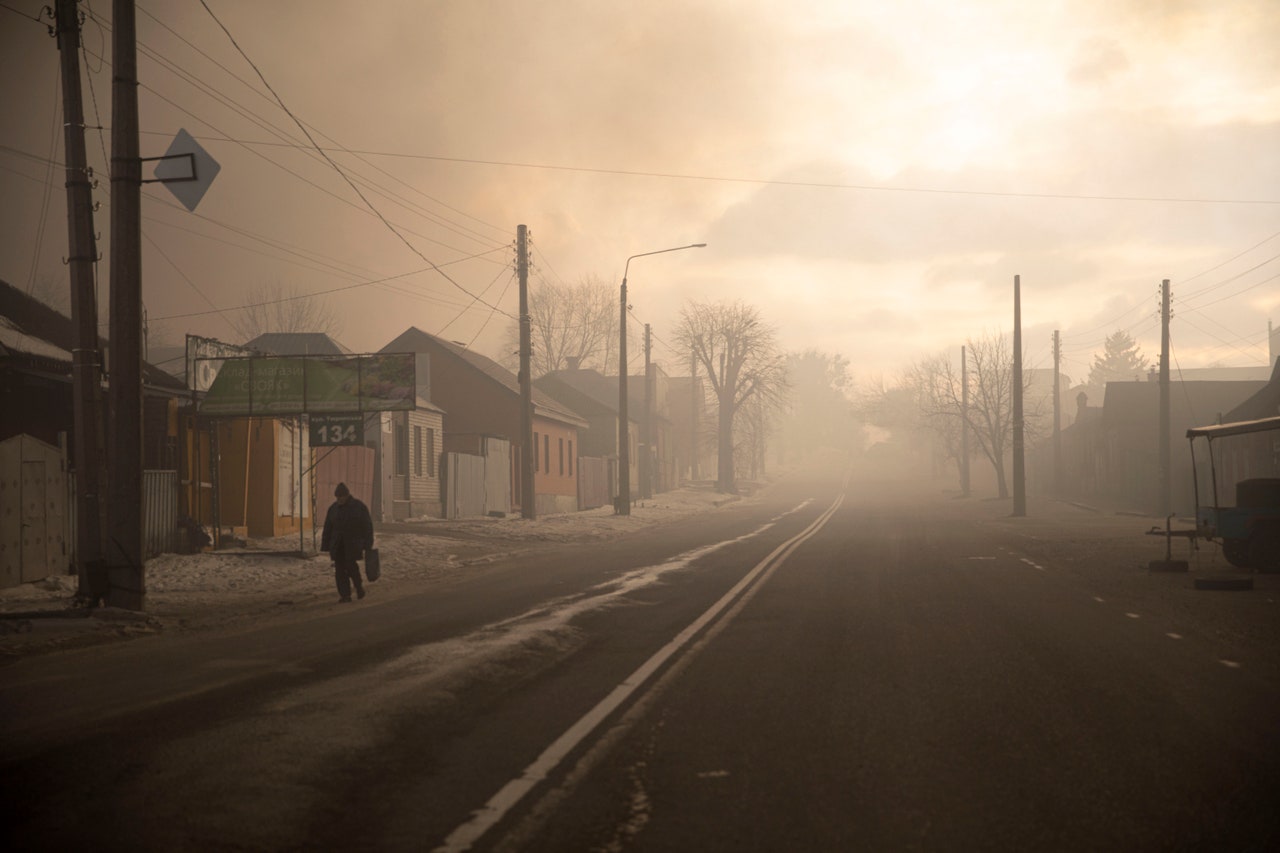
The photographer Jérôme Sessini was in Kharkiv on assignment for The New Yorker from March 16th to 18th. He photographed the devastation in what had been Freedom Square. The regional-administration building, a giant structure in the Stalinist Empire style, was in ruins. An office building behind Freedom Square was destroyed—in part, it appeared, by the shelling, and in part by attempts to put out the fire that resulted. An unseasonable cold snap that hit Kharkiv in the second week of March encased the building in icicles. By this time, most of the city had no heat. The mayor appealed to residents to leave their apartments and go down to the metro, which was serving not only as a series of bomb shelters now but also as heating stations and soup kitchens. Sessini photographed people who had been living in the metro for about two weeks. Barabashovo Market was on fire. The city’s famed opera theatre and zoo had also been hit.

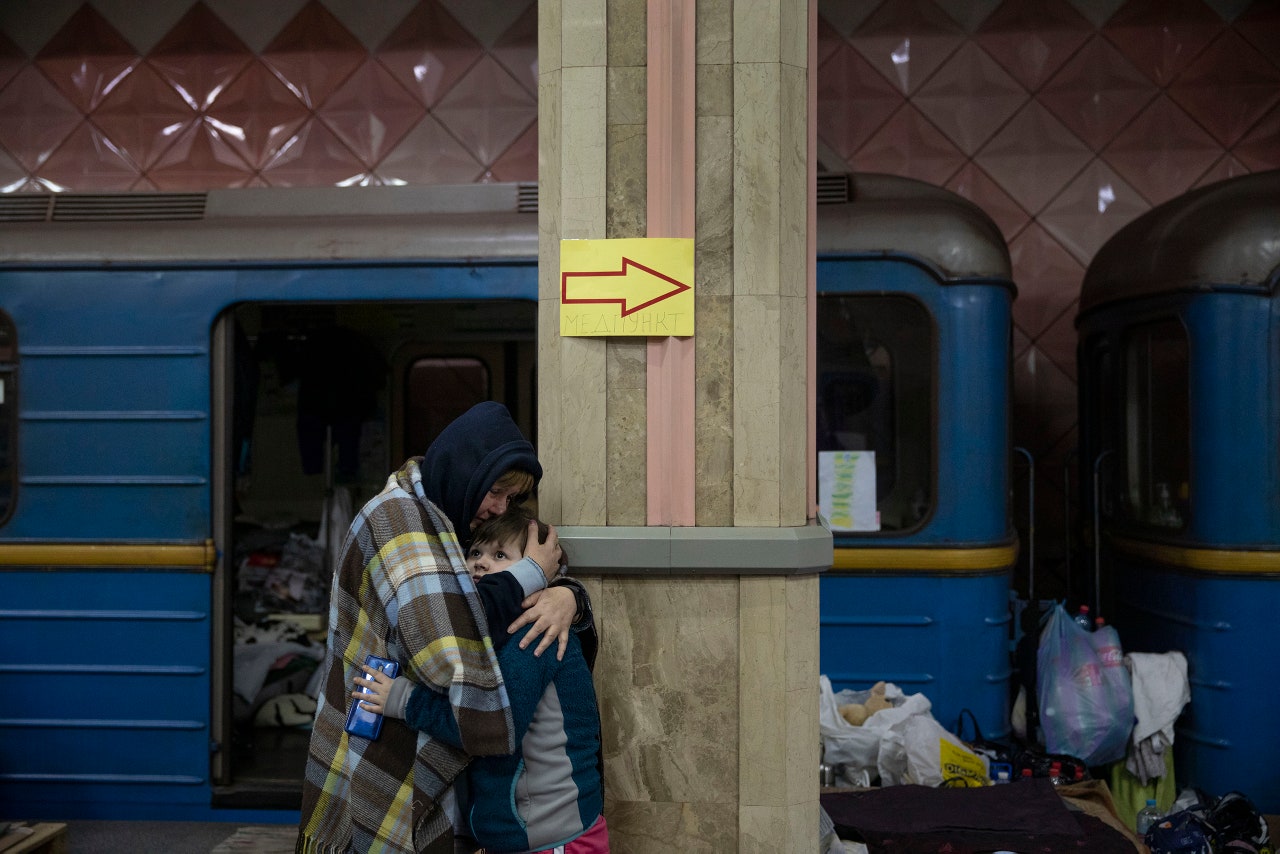
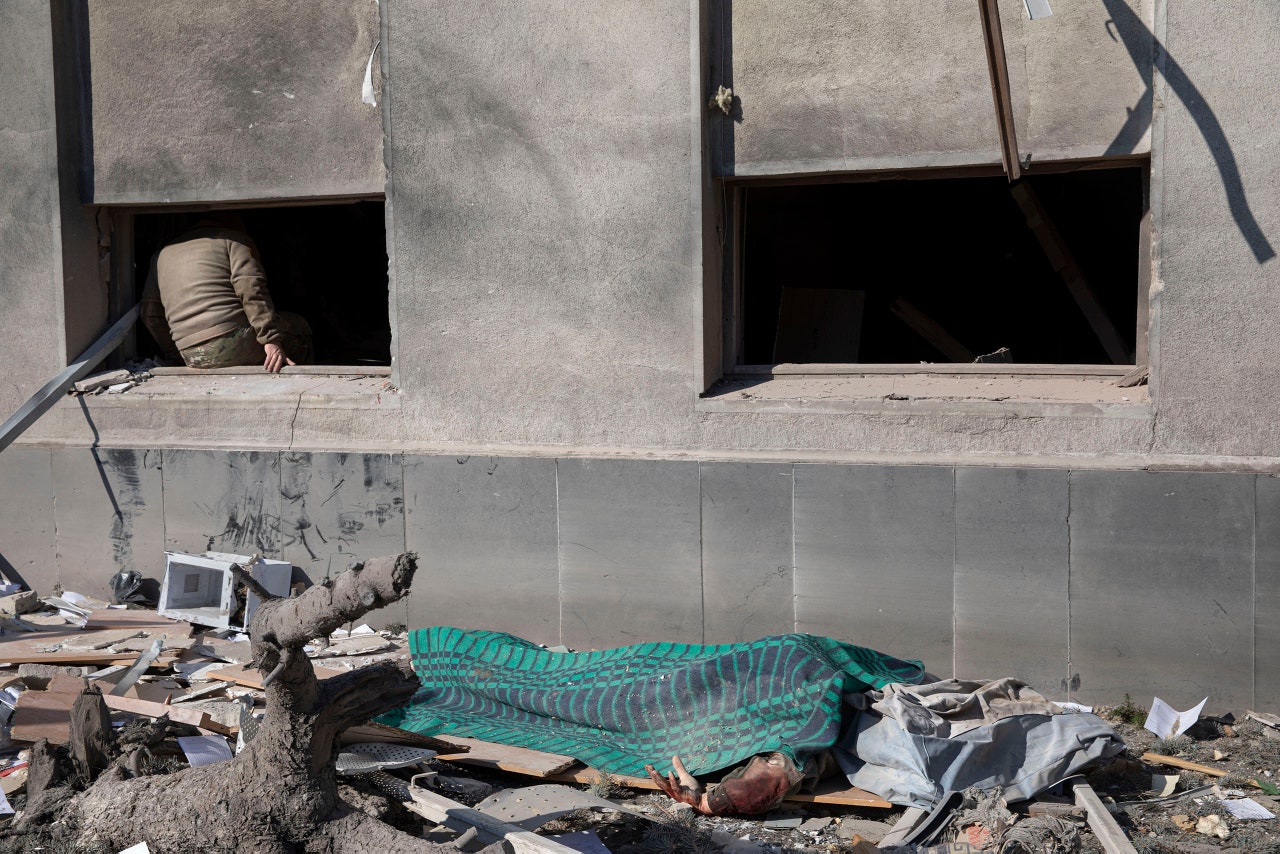
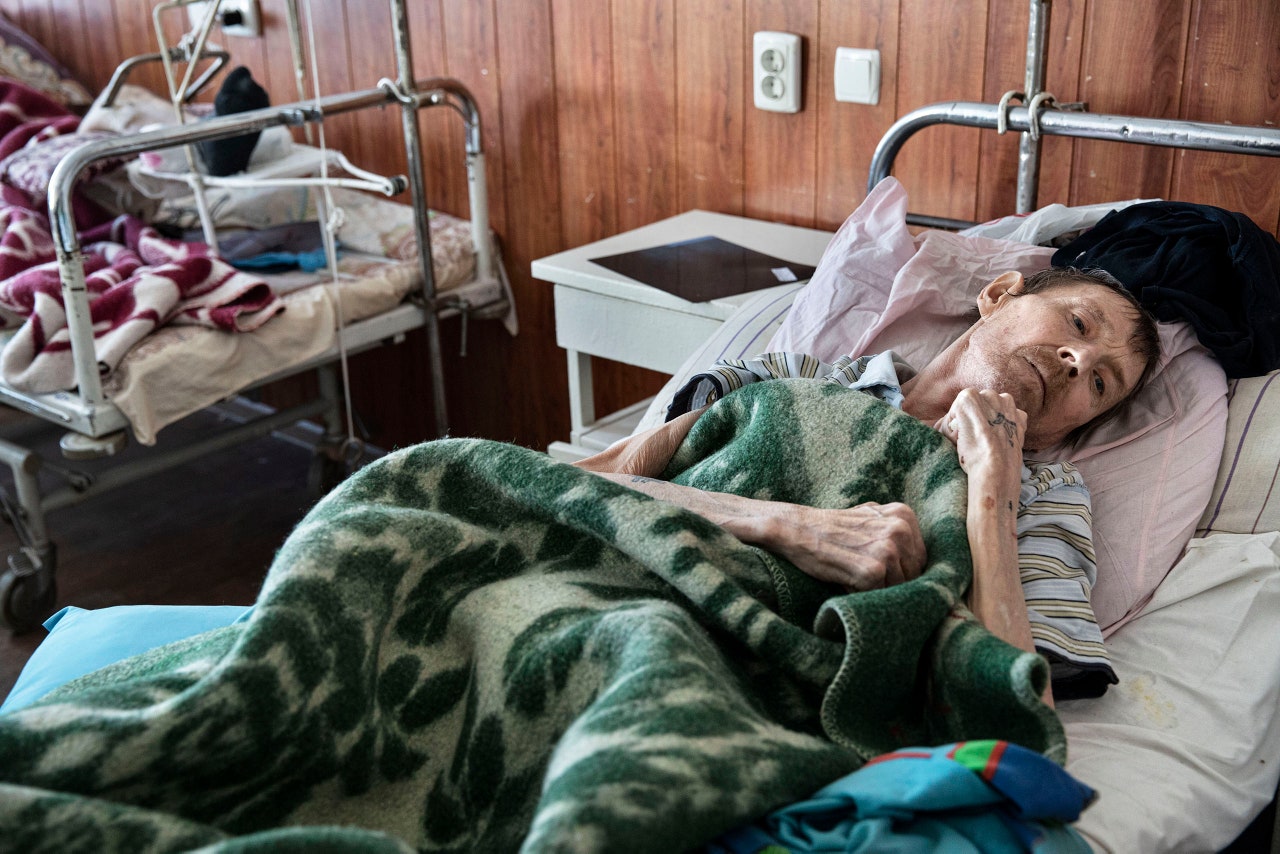
Ten days after the invasion, the Ukrainian journalist Nataliya Gumenyuk forwarded me a voice message from her colleague in Kharkiv, Denys Kobzin, the director of the Kharkiv Institute for Social Research. Kobzin was now a fighter in the Territorial Defense Forces. “The situation is very bad,” he said. “The city is being terrorized by shelling. People are getting killed . . . while walking home from a bomb shelter or on their way to the shelter. Just now, in the Piatykhatky district, on the outskirts of town, people standing in line were hit by rockets. It’s just a bloodbath. Dozens of people died. North Saltivka, the largest residential district in the city, is being shelled and bombed non-stop, morning, day, and night. People there have been staying in shelters for five solid days. . . . It’s the worst for vulnerable people, people who are ill, elderly, bed-ridden. There is no hope for them. There is no medication left, no nursing care, no medical help, and no chance of leaving the city. Emergency services are working around the clock, but they don’t have enough equipment, or enough people, there are so many objects being hit every day. This is outright terror directed at the civilian population—at the civilian population specifically.”
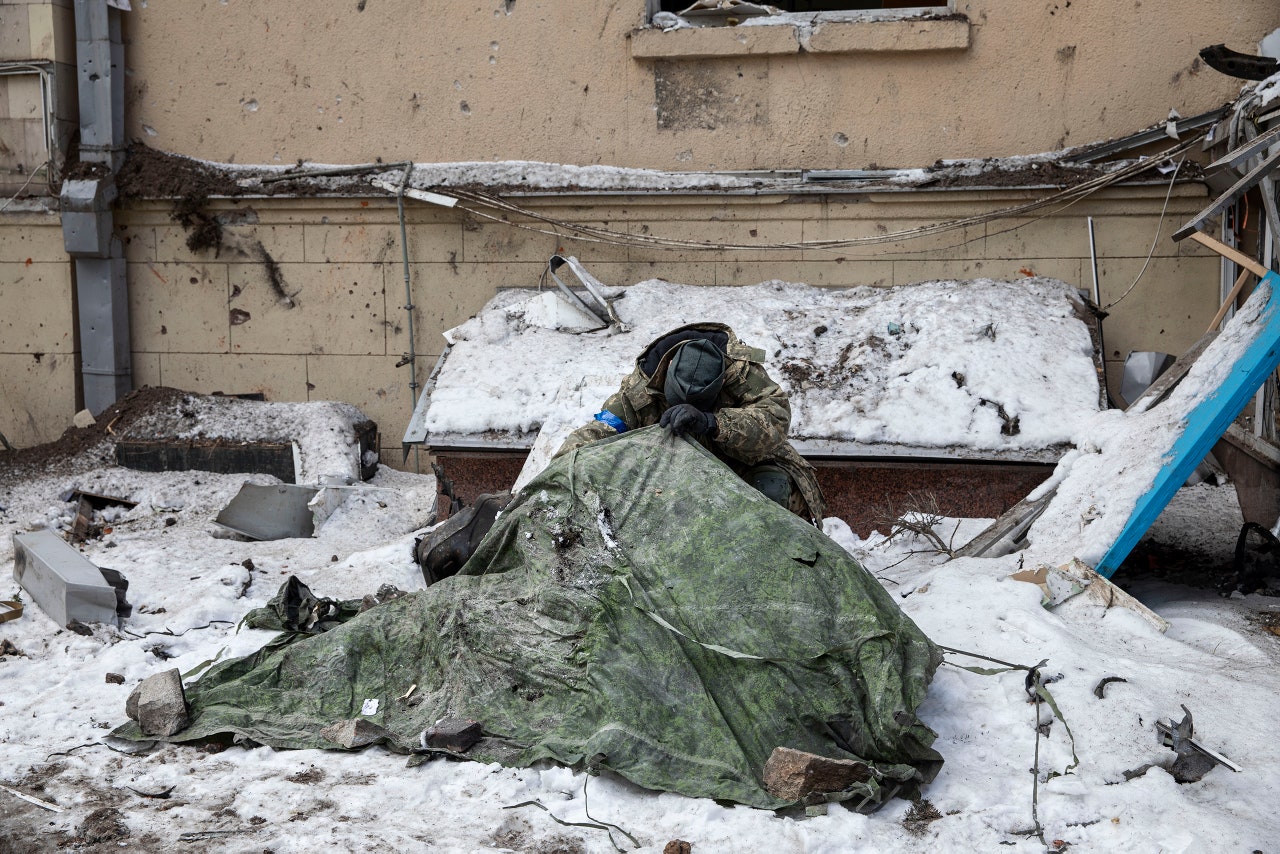
Special Coverage: Ukraine, A Historic Resistance
22 march 22
Follow us on facebook and twitter!
PO Box 2043 / Citrus Heights, CA 95611



No comments:
Post a Comment
Note: Only a member of this blog may post a comment.